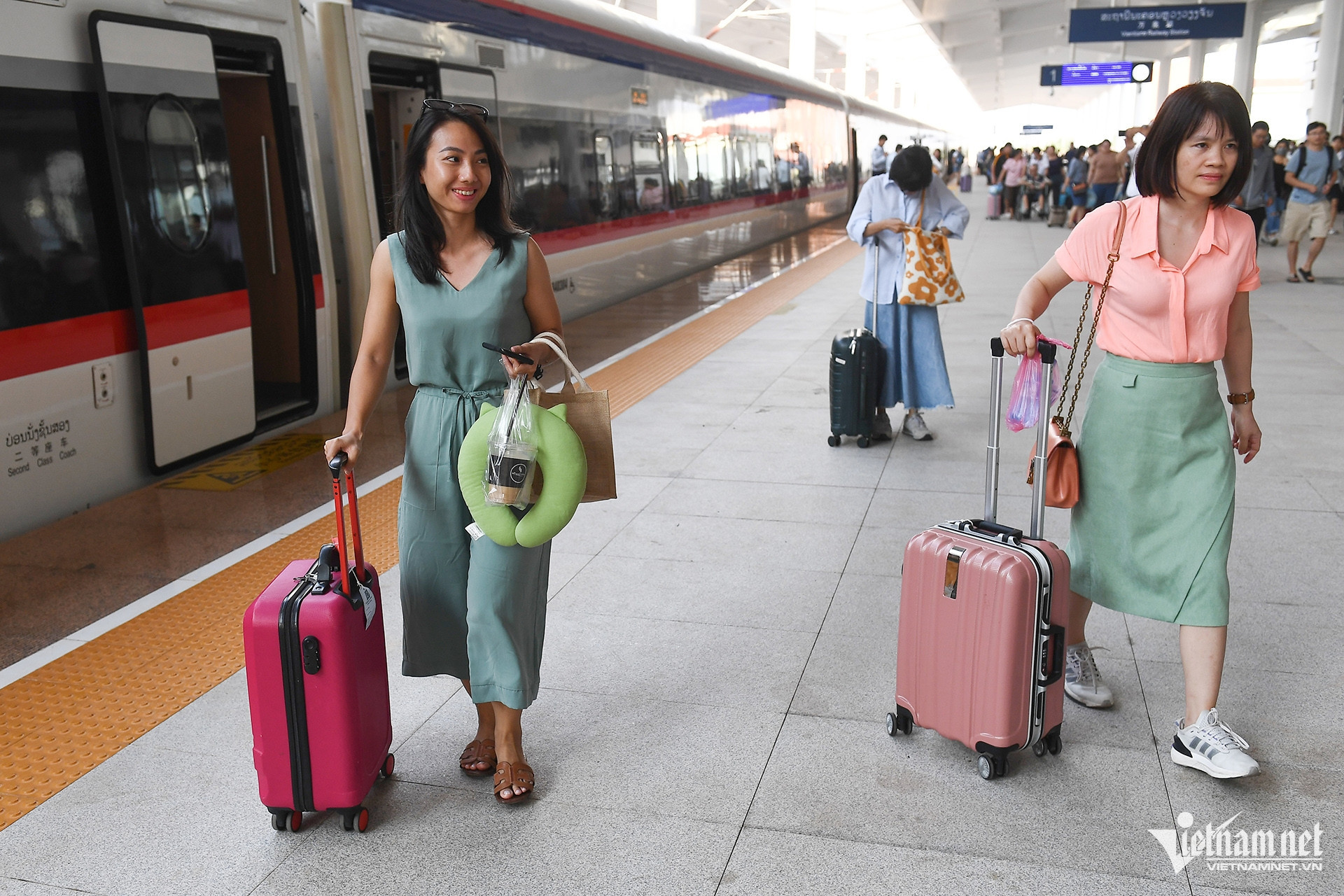
Vu Hong Phuong, director of the Project Management Board, said the North-South high-speed railway has had the longest time of preparation – 18 years. In 2010, the project was submitted to the National Assembly. However, it was turned down because of worries about domestic resources, development level and the national economy’s scale.
The project has once again been submitted to the National Assembly and applauded by people and experts, who believe that Vietnam’s current resources are strong enough to develop the project.
Phuong noted that it has huge capital, unprecedented in Vietnam, and is one of the projects with the longest investment time in the world. Under the plan designed by the government, the railway development would be ratified by the National Assembly in 2024, while the detailed project would be drawn up in 2025 and the railway would be completed by 2035.
According to consultants, the construction and installation of infrastructure alone would cost $33 billion. In addition, Vietnam will also spend money on a control system, electricity supply system and other components.
After considering international practice and advice from experts, Vietnam decided to develop the project, which is expected to have a big impact on socio-economic development, with domestic resources to avoid reliance on foreign countries. And this gives great opportunities to domestic enterprises.
While some analysts have voiced concern about the feasibility of the project and Vietnam’s technological capability, Nguyen Quoc Hiep, chair of the Vietnam Contractors’ Association, affirmed that Vietnamese contractors, with improved capability, can implement all the component construction and installation work.
Nguyen Duc Kien, former head of the Prime Minister’s Economic Advisory Council, thinks that with great progress in capability and execution technology, implementing the project is within reach of Vietnamese enterprises.
However, Kien pointed out that Vietnamese enterprises are weak at cooperation in development.
“In 2014, we invited businesses to work with Samsung to discuss what the businesses could supply, but only two businesses could satisfy requirements to provide materials to Samsung, while the others were not interested in this,” he said.
“If Vietnamese enterprises don’t cooperate and invest in technology, we will lose the home playing field,” Kien warned.
According to the National Assembly’s Finance and Budget Committee Pham Thuy Chinh, when discussing the topic with the 12th National Assembly deputies, many of them expressed regret for not approving the North-South high-speed railway project, which was then capitalized at $56 billion, some years ago.
The capital needed to develop the project has increased to $67 billion, and by rejecting the project some years ago, Vietnam missed an opportunity to develop a railway industry.
Therefore, Vietnam must not delay the project development any longer. It is now time to develop such a huge project to restructure transport, provide a driving force for Vietnam to enter the Vietnam’s new rising era.
Regarding the investment capital of $67 billion, Deputy Minister of Transport Nguyen Danh Huy said this is an average level compared with other high-speed railways in the world.
Since this is the largest project in the history of Vietnam’s public investment, Deputy Minister of Finance Bui Van Khang stressed that expenditure on investment and development must be a top priority when planning budget allocation.
The high-speed railway project needs to be developed with both central and local budgets, with the central budget playing the key role.
It is also necessary to consider mobilizing other resources, including the issuance of government bonds at reasonable interest rates, and the application of PPP model. Vietnam can consider foreign resources with high preferences, reasonable negotiation conditions, and few constraints.
Hoang Van Cuong, a member of the National Assembly’s Finance and Budget Committee, stressed that capital shortage must not occur during the project deployment.
Cuong said Vietnam should think of all possible capital sources, such as public debt, as well as government bonds to mobilize domestic resources, and bonds in the international market.
Minister of Transport Nguyen Van Thang affirmed that the project will mostly use domestic capital. Vietnam may consider borrowing capital from foreign sources, provided the capital is cheaper than domestic capital and there are no binds and obligations.
N. Huyen